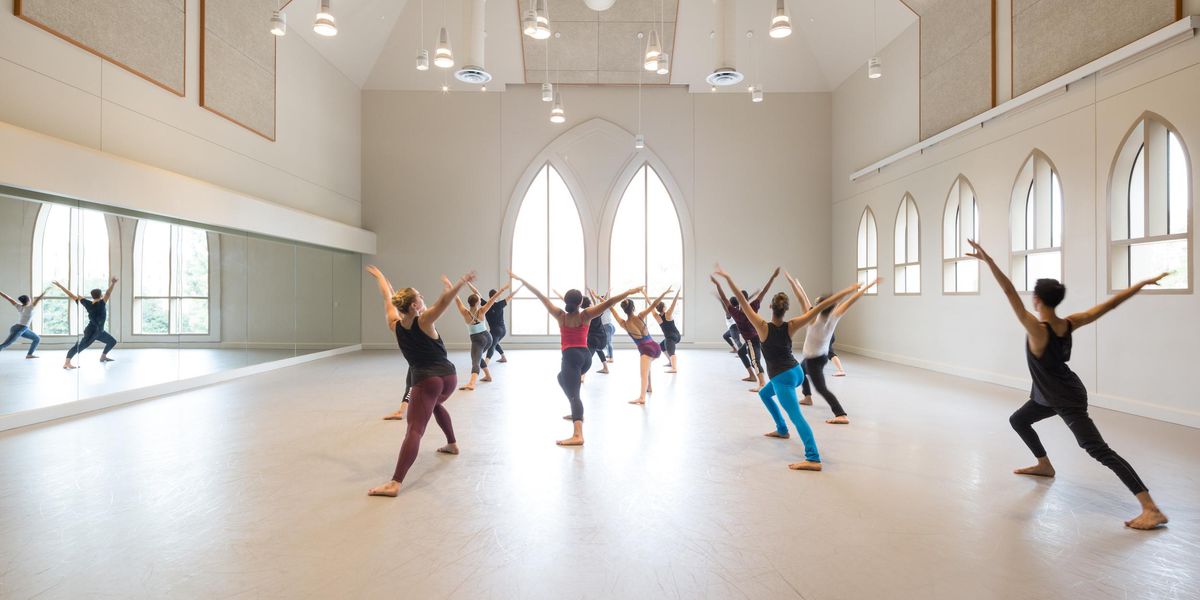When "No" Can Hurt
The right way to turn down opportunities
Dancers sometimes need to decline job offers, interviews or guesting, most often because of schedule conflicts. But how do you say no in a way that burns no bridges? How many times can you refuse someone’s offer, and expect to be asked again? And is there a way you can signal interest even as you turn something down?
Common courtesy goes a long way to smoothing things. Bessie Award–winning tapper Caleb Teicher says that refusals should be prompt and polite, so the choreographer or artistic director has time to make other plans. “Honesty is always the best policy. Don’t say you have a conflict if you don’t,” he says. One refusal will not end your chances of dancing with someone.
On the other hand, repeated refusals do send a message. Lillian Barbeito, co-artistic director of BODYTRAFFIC in Los Angeles, says too many in a row speak to a dancer’s interest in a company. “If a dancer declines twice, I’m less likely to approach them a third time, unless they are extraordinary.” But Lisa Niedermeyer, a freelance dancer who has often juggled stints with Doug Elkins, Jane Comfort and other choreographers, points out there’s more leeway with an already established relationship. “You can’t keep saying ‘No thank you’ and get asked again,” she says. “But it’s more of a possibility if you already worked with a choreographer.”
Once you’re in a company, you will get requests from management as well as artistic staff. Houston Ballet principal Sara Webb has agreed to many company public relations requests, but now with two children, she faces more demands on her time. “My rule is to always say yes unless it conflicts with a prior commitment,” she says. “If you say no too often, you quit being asked, and who knows what great opportunities are passing you by.”
Tips on saying no gracefully:
Think it through.
Don’t just react when you get an offer. Niedermeyer suggests letting phone calls from a choreographer go to voicemail so that you have time to consider your options. “You might find yourself saying yes to something in the heat of the moment,” she says. “Look at your schedule realistically and then return the call to discuss it further.” It’s always better to say no at the outset than to back out later. But keep in mind that delaying your refusal for too long could turn an inconvenience for the other person into a problem.
Be straightforward.
If the project doesn’t interest you or the pay is minimal, long, detailed explanations don’t serve you well. State your reasons in a professional way. “I really appreciate if the reply is concise and the dancer expresses an interest in working in the future,” says Barbeito. “This signifies professionalism and leaves the rapport on a positive note.”
No now, but yes later.
If you have to say no to a prestigious opportunity, Teicher suggests making your future wishes known, which is exactly what he did when he had to forgo dancing with his mentor Michelle Dorrance. “Keep tabs on the company,” he says. “Let them know that you’re interested in being asked again.”
Be helpful.
If you can’t do a job, maybe someone else can. This works often in situations where you are asked to guest. “If I have to turn a guesting down, I always try to recommend someone who I know will be well suited for the role,” says Webb.
Audition Tip: It All Counts
Directors and choreographers want the whole package when they audition dancers. That means professionalism as well as technique and artistry. When you go to an audition, remember that you’re being watched even before the tryout starts, says agent Julie McDonald of McDonald/Selznick Associates in Hollywood, California. “It’s not the time to chitchat with other dancers,” she says. “It’s not the time to check your messages or to text. Choreographers are looking for a lot more than how you dance. Be professional from the moment you walk into the room until the end. And don’t ever mark the movements.”




